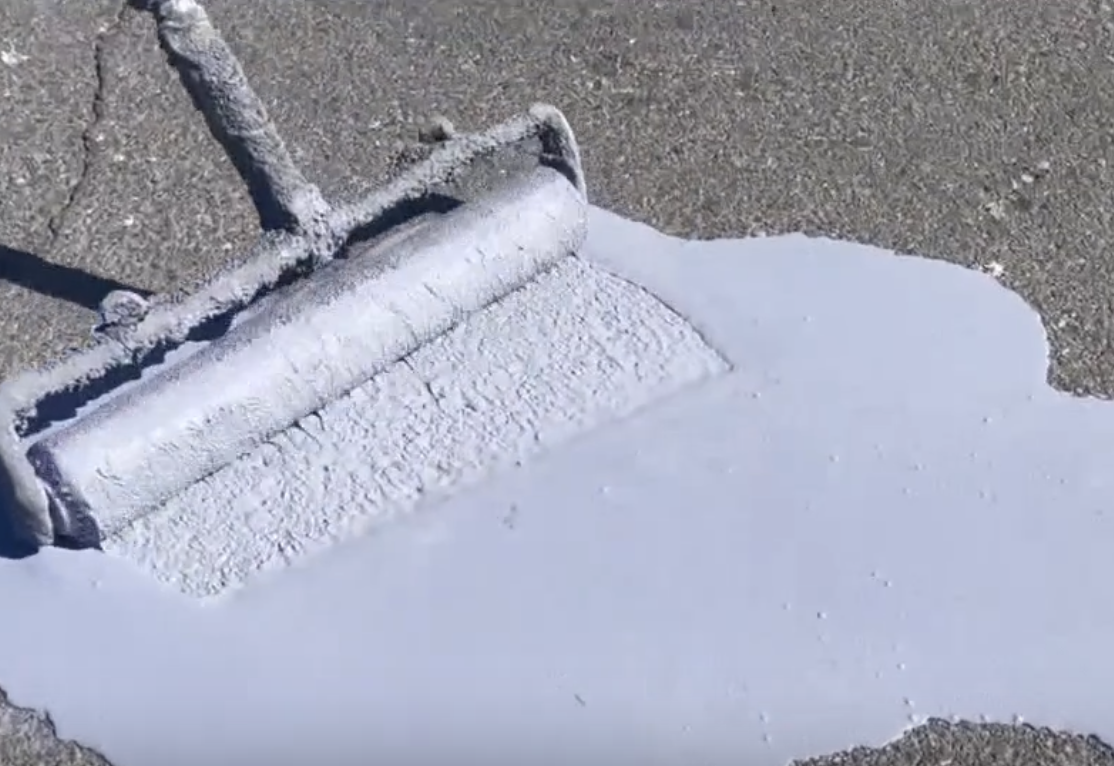PHOENIX — Phoenix is expanding its "cool pavement" program to combat rising temperatures caused by the city's nearly 5,000 miles of dark asphalt streets that contribute to the urban heat island effect.
The special coating can lower street temperatures by several degrees, providing relief in neighborhoods that experience higher-than-normal temperatures.
“We're out at one of our Cool Pavement locations near 19th Avenue and Camelback," said Ryan Stevens from the Phoenix Streets Transportation Department.
The coating doesn't look like typical pavement, appearing lighter in color and with a different texture.
"So there's various pigments in there, a bunch of secret stuff in there, all to combat the urban heat island," Stevens said.
The urban heat island effect is a significant issue in Phoenix, where concrete, roads, and buildings trap heat throughout the city.
"Keeping our nighttime temperatures hotter than the surrounding desert environment," Stevens said.
Climate studies found that the heat island made this particular neighborhood as much as eight degrees warmer than normal areas.

Do you have a concern in your community or a news tip? We want to hear from you!
Connect with us: share@abc15.com
"We're looking at that heat index using data to prioritize the areas that need shade for cool pavement as well," Stevens said.
Ed Kearns, who lives on a street that received the cool pavement treatment, has experienced the intense heat firsthand. His plants have wilted in the sun, and shade is scarce on his street.
"Yeah, the palm trees don't provide a whole bunch of that, do they?" Kearns said.
He's hopeful the lighter pavement could bring some relief to residents.
"I was excited to be part of it. If it brings down the temperature in our neighborhood, our homes, that will be great," Kearns said.
However, Kearns is also realistic about the limitations of the program, believing it's just one piece of solving the bigger puzzle of lowering overall temperatures in the Valley.
"I'm not sure whether the pavement is going to fix that, so my hope would be sustainable weather for the future," Kearns said.
With this project now finished, the City of Phoenix has nearly 150 miles of cool pavement installed throughout the city.






